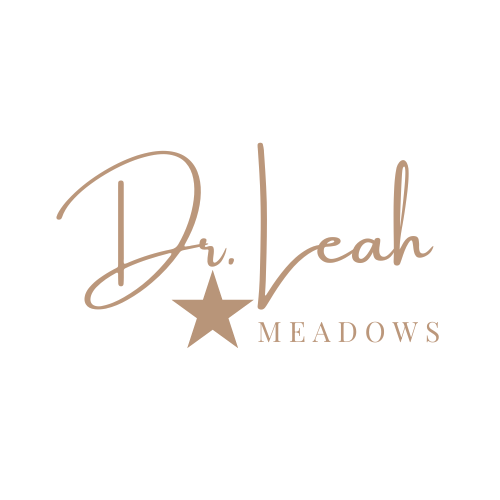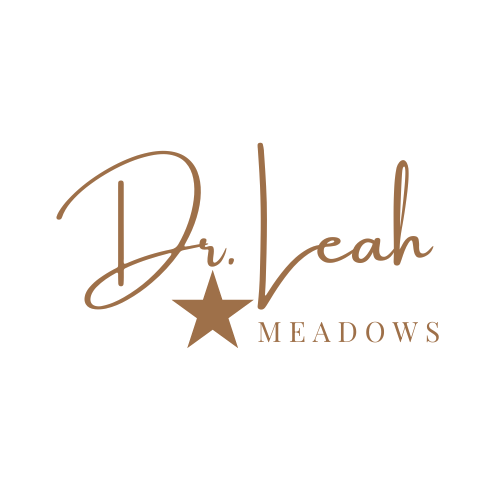Clean Eating: The Dirty Dozen & The Clean 15

In a world filled with so many food options and diet choices, how do we know where to start?
An easy way is to keep it simple and know what not to eat!
Clean eating is gaining traction from wellness warriors to parents who want to start their kids off with the best nutrition possible. We can all make better choices with whole, unprocessed foods while avoiding those laden with chemicals and toxins. One essential tool in the clean eating toolbox is understanding the Dirty Dozen and Clean 15. These lists of fruits and vegetables can help you make informed choices to better health!
The Dirty Dozen: What to Avoid
The Dirty Dozen is a list of 12 fruits and vegetables that tend to have higher levels of pesticide residues when conventionally grown. These residues can be harmful to your health when consumed over time.
These are the foods that I always try to buy organic:
1. Strawberries
2. Spinach
3. Kale
4. Nectarines
5. Apples
6. Grapes
7. Peaches
8. Cherries
9. Pears
10. Bell & Hot Peppers
11. Blueberries
12. Green Beans
Purchasing organic options of these items can help minimize your exposure to harmful chemicals and promote clean eating.
The Clean 15: Safe Choices
The Clean 15 is a list of 15 fruits and vegetables that typically have lower pesticide residues, making them safer to consume when conventionally grown. While buying organic is always a good choice, these items are less of a toxic burden to your health.
1. Avocado
2. Sweet corn
3. Pineapple
4. Onions
5. Papaya
6. Sweet peas
7. Asparagus
8. Mangoes
9. Carrots
10. Sweet Potatoes
11. Broccoli
12. Mushrooms
13. Cabbage
14. Honeydew melon
15. Kiwi
When you’re on a budget or unable to find organic options, you can confidently select items from the Clean 15 list and feel good about it.
Here’s what to shop for to eat the whole food way:
1. Whole, Unprocessed Foods: A whole food diet primarily consists of foods that are whole and unrefined. This includes fruits, vegetables, whole grains, legumes, nuts, seeds, and lean proteins like poultry, fish, and lean cuts of meat.
2. Minimized Processed Foods: Processed and highly refined foods like sugary snacks, fast food, sodas, and heavily processed meats.
3. Limited or No Additives: Whole food enthusiasts aim to avoid foods with artificial additives, preservatives, and artificial flavors. They prefer foods with simple ingredient lists.
4. Nutrient Density: Whole foods are naturally rich in essential nutrients like vitamins, minerals, fiber, and antioxidants. A whole food diet prioritizes these nutrient-dense options over empty-calorie foods.
5. Balanced Diet: A whole food diet encourages a balanced intake of various food groups to ensure you get a wide range of nutrients with diversity in fruits, vegetables, grains, and proteins.
6. Cooking from Scratch: Preparing meals from scratch. For this you can even use a meal prep kit delivery service.
7. Avoiding or Reducing Sugars and Artificial Sweeteners: Whole food diets often limit the intake of added sugars and artificial sweeteners, which are common in many processed foods and sugary beverages.
Clean eating is a powerful way to transform your health and wellness by making conscious food choices. Understanding the Dirty Dozen and Clean 15 can help you navigate the grocery store aisles with confidence, to prioritize foods that support your well-being. By incorporating clean eating principles into your daily life, you’ll be on the path to a healthier future.
In a world filled with so many food options and diet choices, how do we know where to start?
An easy way is to keep it simple and know what not to eat!
Clean eating is gaining traction from wellness warriors to parents who want to start their kids off with the best nutrition possible. We can all make better choices with whole, unprocessed foods while avoiding those laden with chemicals and toxins. One essential tool in the clean eating toolbox is understanding the Dirty Dozen and Clean 15. These lists of fruits and vegetables can help you make informed choices to better health!
The Dirty Dozen: What To Avoid
The Dirty Dozen is a list of 12 fruits and vegetables that tend to have higher levels of pesticide residues when conventionally grown. These residues can be harmful to your health when consumed over time.
These are the foods that I always try to buy organic:
1. Strawberries
2. Spinach
3. Kale
4. Nectarines
5. Apples
6. Grapes
7. Peaches
8. Cherries
9. Pears
10. Bell & Hot Peppers
11. Blueberries
12. Green Beans
Purchasing organic options of these items can help minimize your exposure to harmful chemicals and promote clean eating.
The Clean 15: Safe Choices
The Clean 15 is a list of 15 fruits and vegetables that typically have lower pesticide residues, making them safer to consume when conventionally grown. While buying organic is always a good choice, these items are less of a toxic burden to your health.
1. Avocado
2. Sweet corn
3. Pineapple
4. Onions
5. Papaya
6. Sweet Peas
7. Asparagus
8. Mangoes
9. Carrots
10. Sweet Potatoes
11. Broccoli
12. Mushrooms
13. Cabbage
14. Honeydew Melon
15. Kiwi
When you’re on a budget or unable to find organic options, you can confidently select items from the Clean 15 list and feel good about it. Here’s what to shop for to eat the whole food way:
1. Whole, Unprocessed Foods: A whole food diet primarily consists of foods that are whole and unrefined. This includes fruits, vegetables, whole grains, legumes, nuts, seeds, and lean proteins like poultry, fish, and lean cuts of meat.
2. Minimized Processed Foods: Processed and highly refined foods like sugary snacks, fast food, sodas, and heavily processed meats.
3. Limited or No Additives: Whole food enthusiasts aim to avoid foods with artificial additives, preservatives, and artificial flavors. They prefer foods with simple ingredient lists.
4. Nutrient Density: Whole foods are naturally rich in essential nutrients like vitamins, minerals, fiber, and antioxidants. A whole food diet prioritizes these nutrient-dense options over empty-calorie foods.
5. Balanced Diet: A whole food diet encourages a balanced intake of various food groups to ensure you get a wide range of nutrients with diversity in fruits, vegetables, grains, and proteins.
6. Cooking from Scratch: Preparing meals from scratch. For this you can even use a meal prep kit delivery service.
7. Avoiding or Reducing Sugars and Artificial Sweeteners: Whole food diets often limit the intake of added sugars and artificial sweeteners, which are common in many processed foods and sugary beverages.
Clean eating is a powerful way to transform your health and wellness by making conscious food choices. Understanding the Dirty Dozen and Clean 15 can help you navigate the grocery store aisles with confidence, to prioritize foods that support your well-being. By incorporating clean eating principles into your daily life, you’ll be on the path to a healthier future.
Recent Posts

Dr. Leah Meadows on Phoenix TV: 3 Secrets of Self-Care
December 1, 2023

Best Drink to Boost Your Morning
January 20, 2022
Are you drinking most of your calories in the morning before you even like get to work?

The Proper Way to Snack
January 20, 2022
If you’re looking for a healthy snack, why not try some almonds?

Copyright 2024 Dr. Leah | All rights reserved
